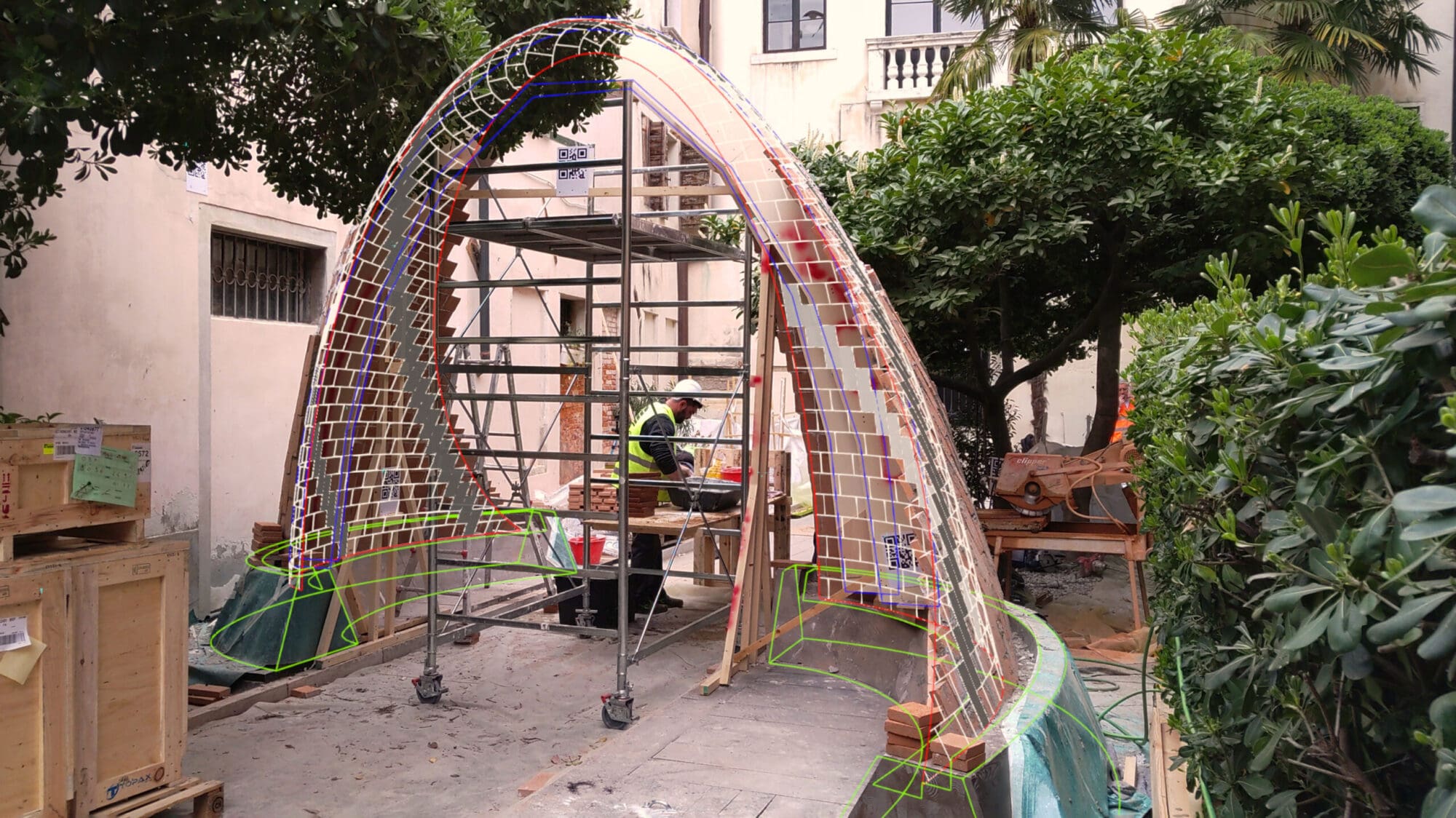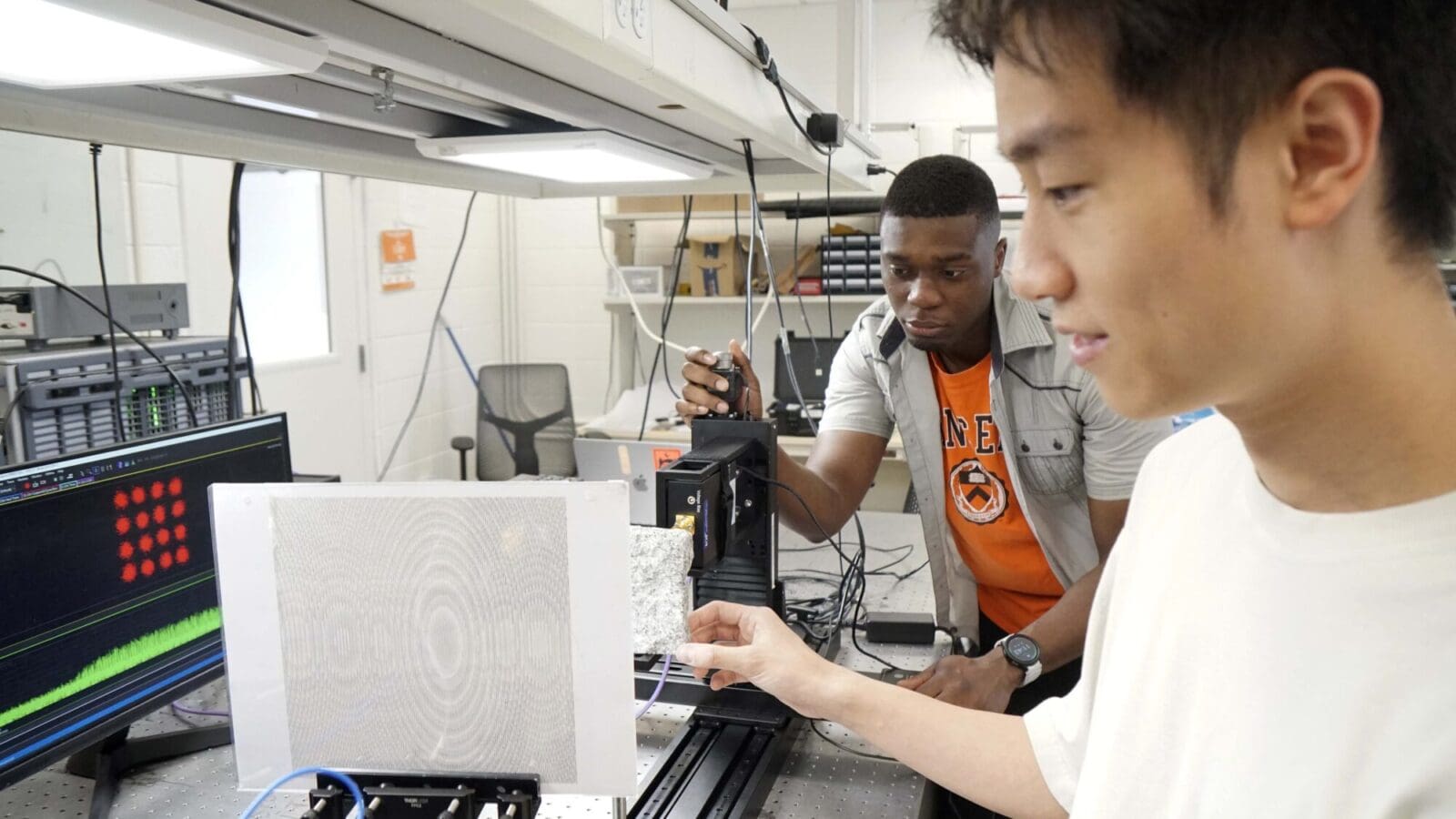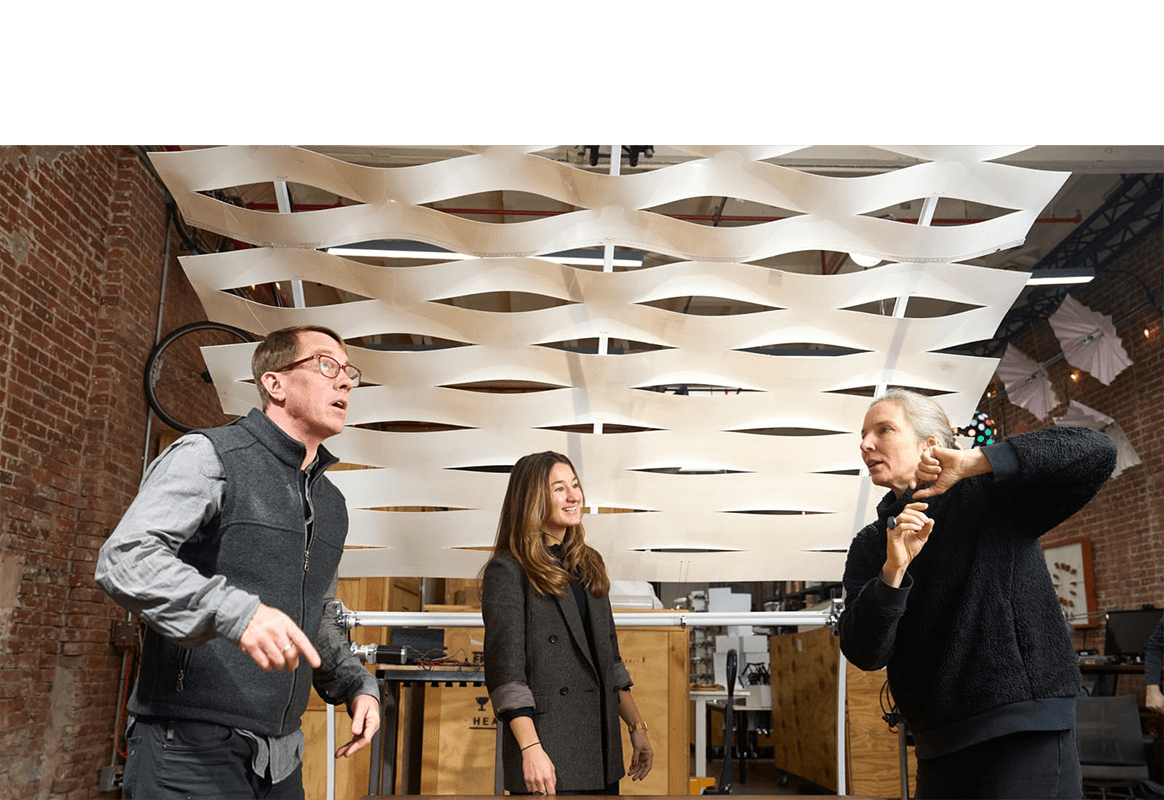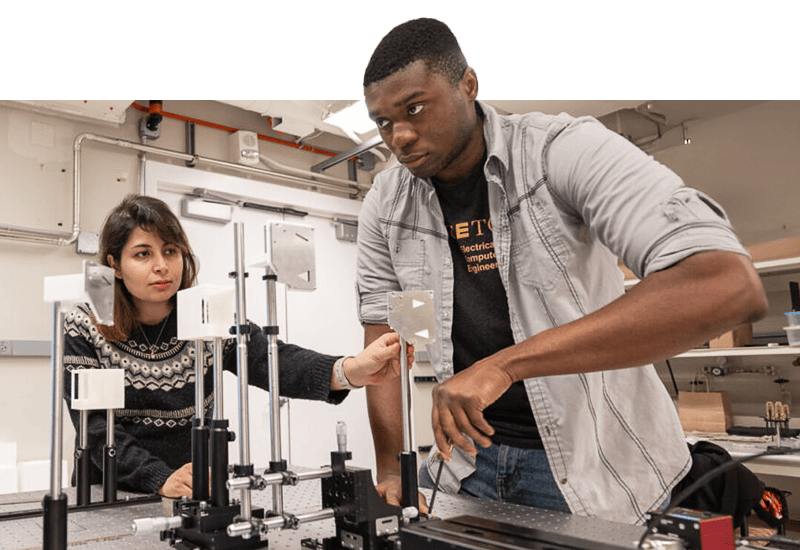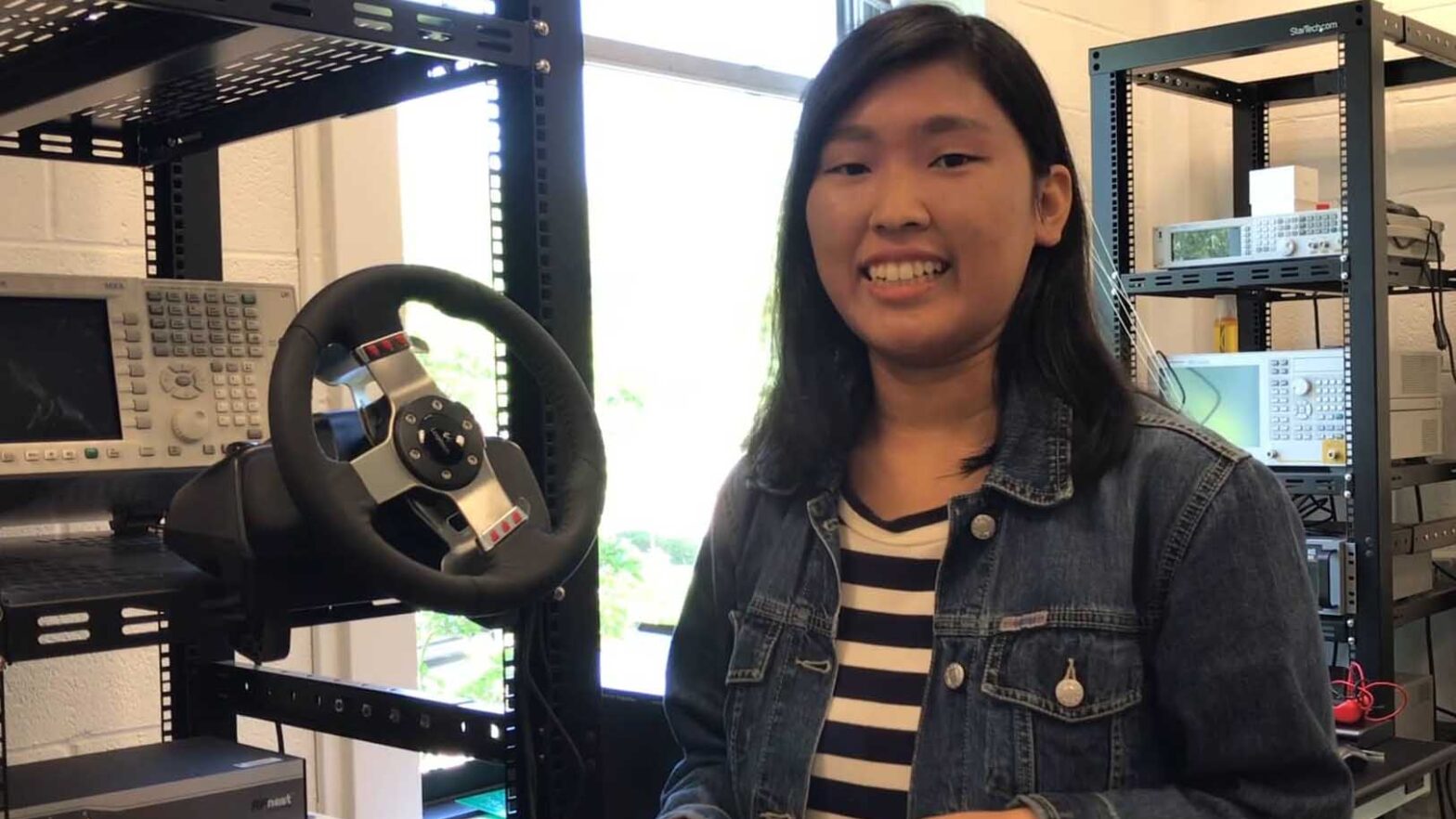
Augmented reality, and dealing with its limitations
By
on
They recently returned to Princeton after presenting their research at a conference in Budapest. In this video, Surin Ahn, who graduated this spring with a BSE in electrical engineering, shows how augmented reality works, how it differs from virtual reality, and the team’s proposal for dealing with dangerous visual clutter on an automobile’s windshield.
The team also includes Maria Gorlatova (she was an associate research scholar and an associate director of the Princeton EDGE Lab prior to becoming an assistant professor at Duke University), Parinaz Naghizadeh (a postdoctoral researcher at Purdue University and at the EDGE Lab), and Prateek Mittal (assistant professor of electrical engineering at Princeton and the EDGE Lab director), as well as Mung Chiang, the founding director of the EDGE Lab and now engineering dean at Purdue University. They presented their research at the ACM SIGCOMM Workshop on Virtual and Augmented Reality in Budapest, which ran from August 20-25.

